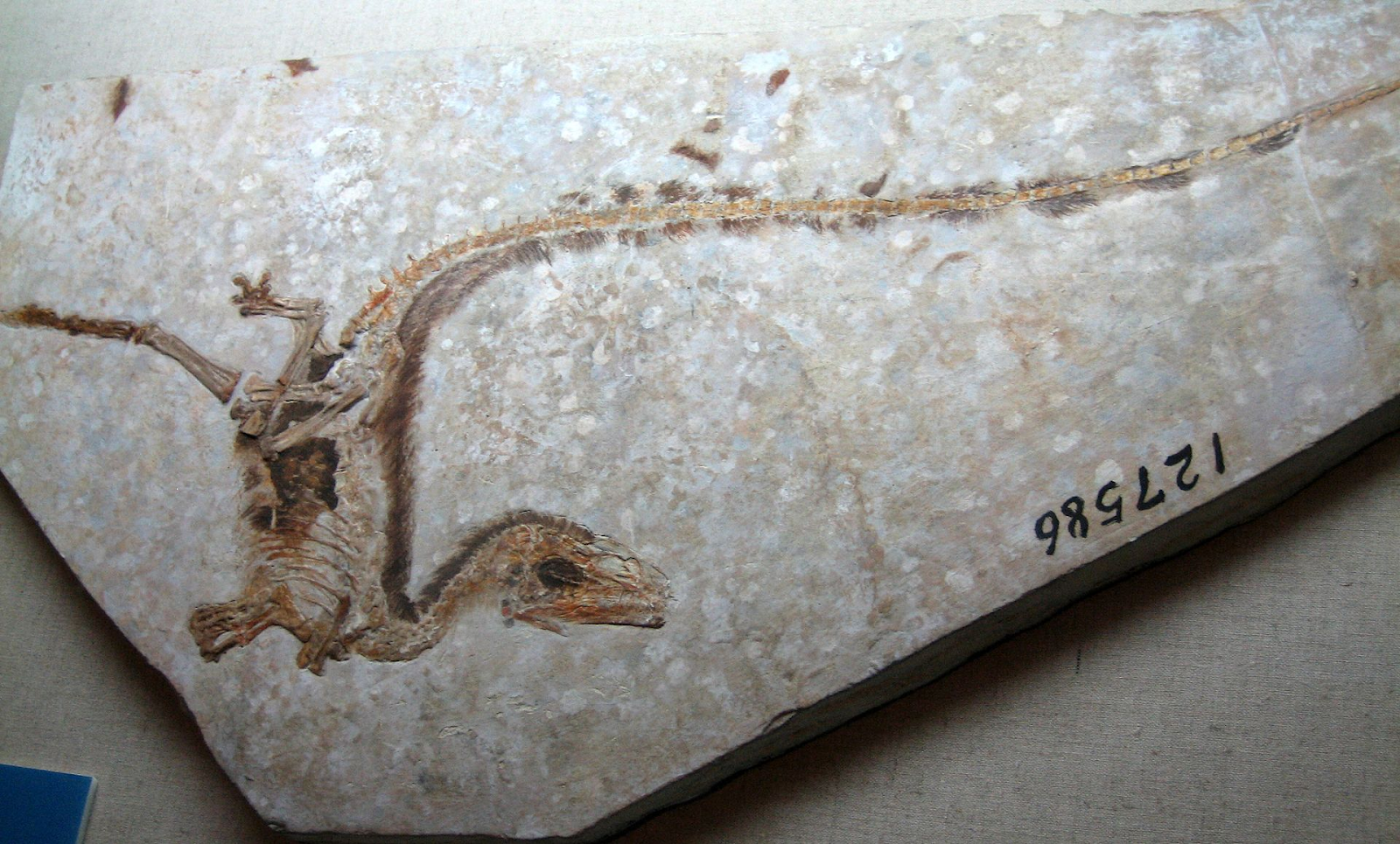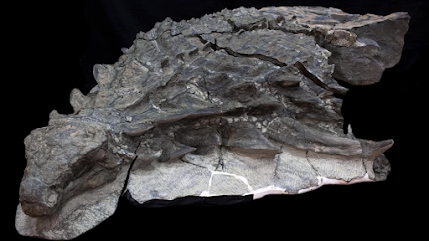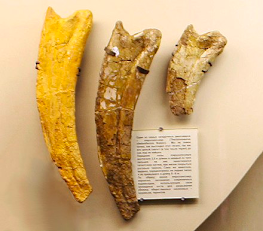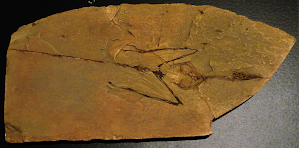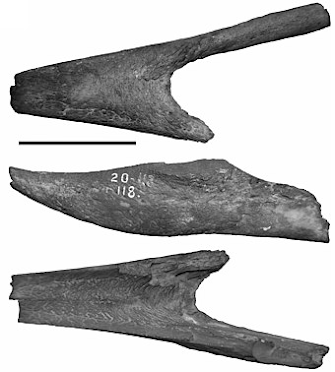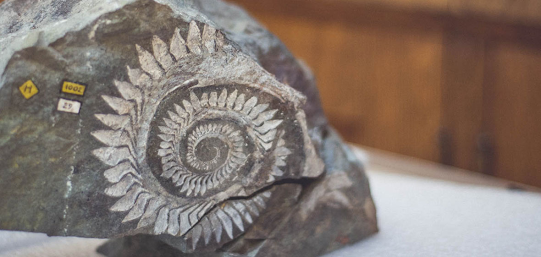How accessible is Palaeontology?
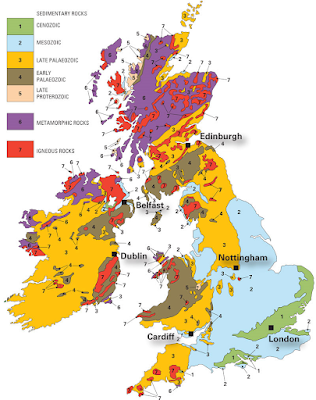
In the 19th century, when Palaeontology began to become its own specific field, if you were not a rich white man from the south of England, you pretty much had no chance of getting involved in these new curiosities. Museums, universities, and conferences were built almost exclusively for this certain demographic, and this was the case for most academia at the time. Things are different now, of course, but just how accessible is Palaeontology in the UK in 2023? I'm not just talking about pursuing it as a profession, but also the opportunities for informal and formal education, be it through museums, conferences, journals, and volunteering. Since starting a job at a museum this year, I have taken on a better understanding of how the general public perceives Palaeontology, and how it has been presented in the media. Many people believe that studying fossils is an unachievable career with some kind of secret path needed to get into. People seem surprised to hear that some of the most i
